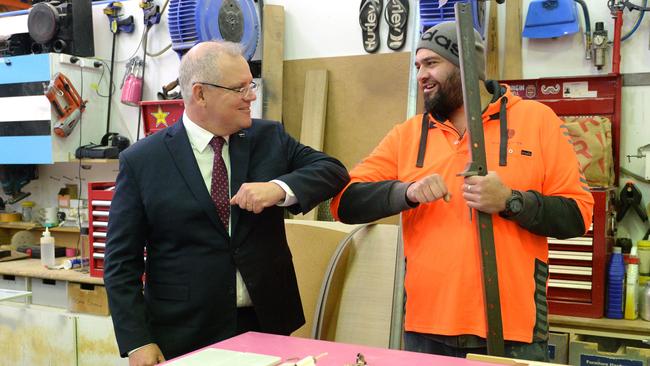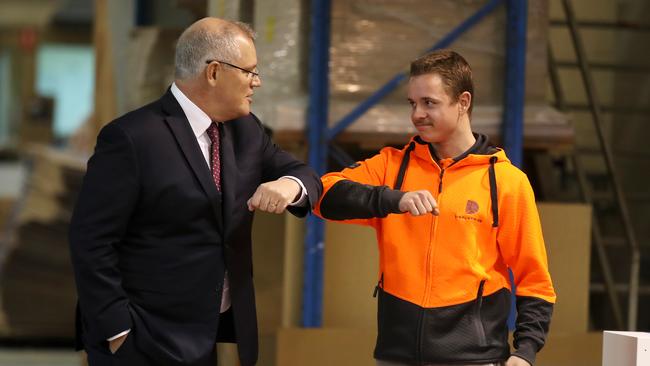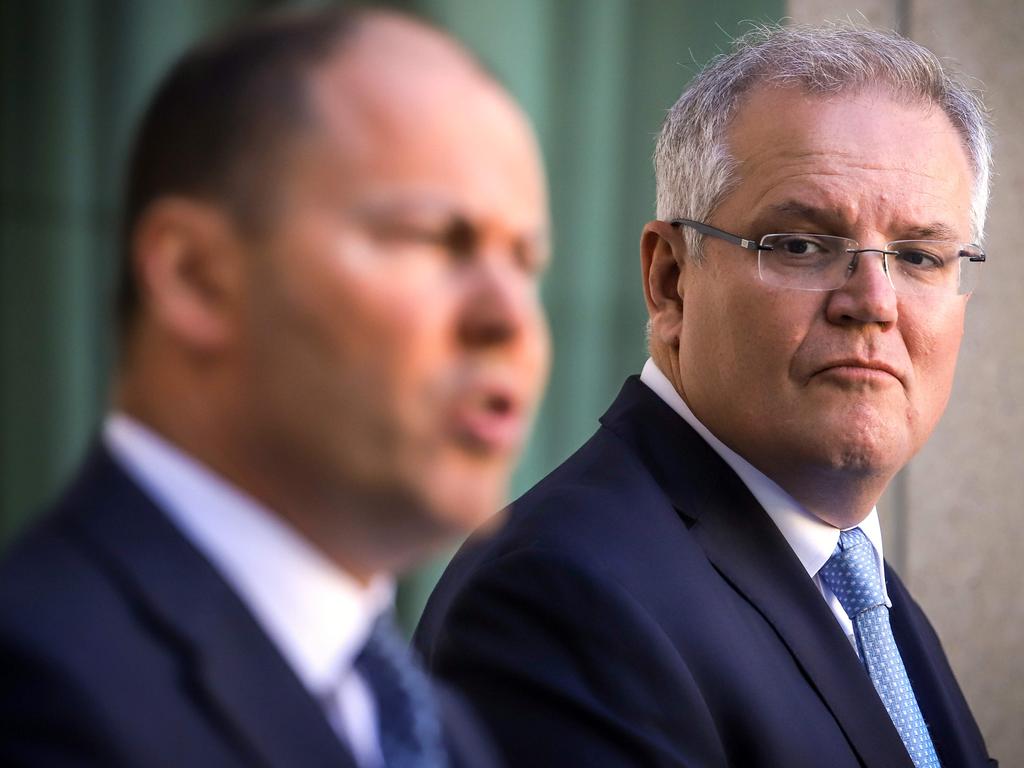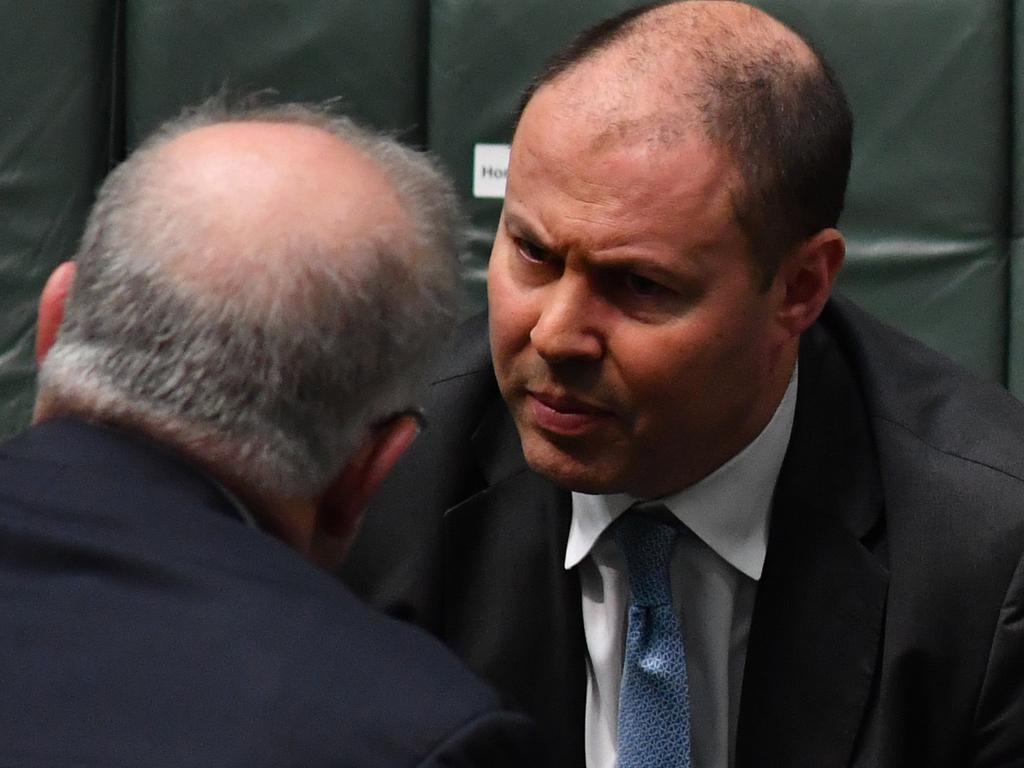What the changes to JobSeeker, JobKeeper mean for unemployed, stood-down workers and employers
Both payments have been reduced, but also extended. What does that mean for those looking for work, stood-down employees and employers?

Scott Morrison on Tuesday announced a raft of changes to the JobSeeker and JobKeeper payments, extending the latter to March next year. What will the changes mean for those looking for work, stood-down employees and employers?
What are the new JobKeeper rates?
The current flat $1500 a fortnight subsidy will be replaced by a two-tier system that will apply to March 28, 2021.
From September 28 to January 3, the top tier will be $1200 a fortnight for people who were working 20 or more hours on March 1, 2020.
A lower $750 rate will be paid to people who were working less than 20 hours a week in March.
From January 3 to March 28, 2021, the top tier will fall to $1000 a fortnight and the lower rate will be reduced to $650 a fortnight.
How will the JobKeeper eligibility test for employers change?
To be eligible, businesses with a turnover of up to $1 billion will continue to have to show a 30 per cent revenue reduction, and a 50 per cent revenue reduction where turnover exceeds $1 billion. From September 27, they will have to meet a further decline in turnover test.
To be eligible for payments from September 28 to January 3, 2021, businesses and not-for-profits will need to demonstrate their actual GST turnover has significantly fallen in both the June and September quarters compared to the corresponding quarters in 2019.
To be eligible for payments from January 4 2021 to March 28 2021, businesses and not-for-profits will need to show actual GST turnover has significantly fallen in each of the June, September and December 2020 quarters compared to the corresponding quarters in 2019.

How will JobSeeker change?
The JobSeeker rate will be cut from $1115 to $815 a fortnight from September until the end of 2020. The reduction is due to the coronavirus supplement being reduced from $550 to $250 a fortnight. The lower $815 rate remains higher than the previous $565 a fortnight the unemployed received under the Newstart payment. Individuals will be able to earn up to $300 per fortnight (up from $106) without foregoing any JobSeeker payment or affecting their eligibility for the coronavirus supplement. The rate will be reviewed in coming months and the government has signalled extra support will be available in 2021
Will JobSeeker recipients be subject to mutual obligation?
Yes. Despite the high unemployment rate, 1.6 million JobSeeker recipients from August 4 will have to reconnect with employment services and apply for four jobs a month. Penalties will apply if they do not accept job offers. “The penalties regime will kick in if people refuse a job that has been provided and offered through that process,” Scott Morrison said on Tuesday.
From September 25, the assets test and the Liquid Assets Waiting Period will be reintroduced. The JobSeeker Payment partner income test will increase from 25 cents for every dollar of partner income earned over $996 per fortnight to 27 cents for every dollar of partner income earned over $1,165 per fortnight.

Why has JobKeeper changed from a flat $1500 rate to a two-tiered approach?
A Treasury review of JobKeeper found more than one quarter of recipients were being paid more than they were earning earlier this year. The income increase was about $130 when averaged across all JobKeeper recipients, and around $550 for those receiving the increase in income. Part-time and casuals who had been working a small number of shifts in February were among the beneficiaries. Treasury found JobKeeper “potentially blunted” their incentive to work or to take on additional hours of work.
What will be the cost of extending JobKeeper and JobSeeker?
Continuing JobKeeper through to March will increase the cost of the scheme from $70 billion to $86 billion. As at July 15, $29.8 billion in payments had been made to 3.5 million people employed by 960,000 organisations. Treasury expects the number of JobKeeper recipients will fall significantly to 1.4 million in the December quarter and 1 million by March 2021. The JobSeeker changes will cost $3.8 billion.





